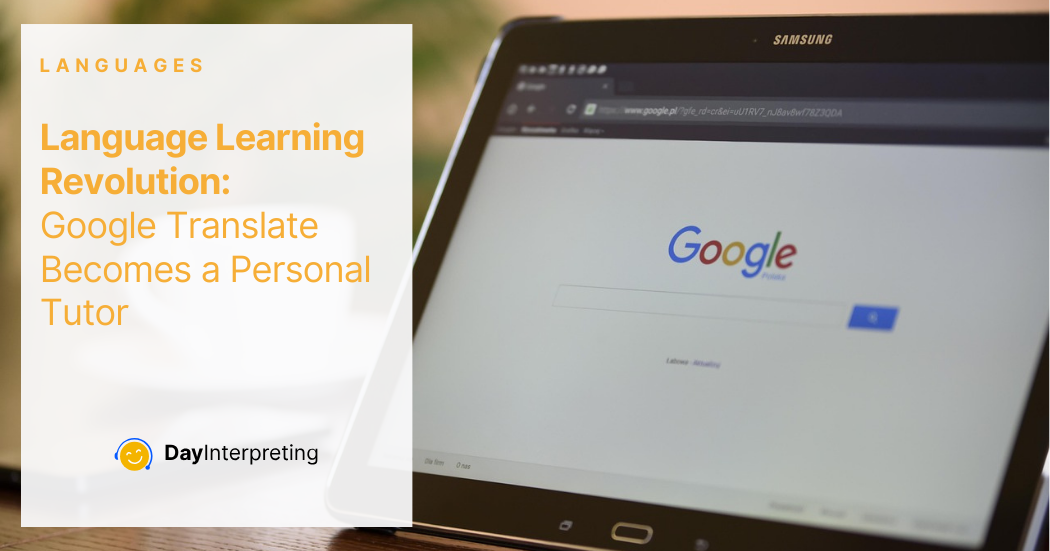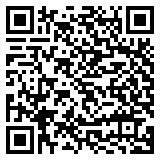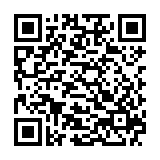On August 26, 2025, Google announced a major expansion of Google Translate, transforming it into more than just a quick-lookup tool. Now in beta, Google Translate offers both real-time conversational translation and personalized language lessons powered by Gemini AI models.
This move marks a turning point: language-learning and communication tools are converging, and everyday users, including travelers, families, and professionals, have unprecedented access to multilingual support. For interpreters and language service providers, it’s time to examine what this means for the profession, its future scope, and new value propositions.
What’s New in Google Translate
1. AI-Powered Practice Lessons
Translate now offers personalized lessons tailored to your skill level and goals. Want to brush up your Spanish for chatting with a host family or prepare French for a business dinner? Just select your level and context, and Google generates mini-lessons, complete with speaking, listening exercises, and vocabulary tracking.
2. Live Bilingual Conversations
The app now supports real-time voice translations in over 70 languages, including Arabic, Hindi, Korean, and Tamil. It can detect pauses, accents, and intonations, delivering spoken translations and on-screen transcripts, especially useful in noisy public places like airports or markets.
Currently available in the U.S., India, and Mexico, this feature turns Translate into a portable, AI-fueled interpreter for casual conversations.
Why This Matters Right Now
This trend is not just technical, it’s cultural and market-shifting:
- Accessibility Expansion: Language support is no longer limited to professionals or formal settings. Anyone can now get live interpretation in everyday environments.
- New User Expectations: Instant, conversational translation tools raise the bar. People might expect seamless multilingual communication everywhere, restaurants, shops, events.
- Market Pressure: Institutions like schools, local governments, and service providers may feel the need to adopt or complement such tools to stay relevant and inclusive.
- Redefined Interpreter Value: While routine tasks may shift toward AI, interpreting remains valuable when accuracy, cultural nuance, or confidentiality are essential.
What Interpreters and Educators Should Do
1. Position Yourself as the Cultural and Ethical Expert
AI tools are convenient, but they lack contextual nuance. Interpreters offer tone, emotional intelligence, and local insight, skills that AI can’t replicate. Make that your selling point.
2. Offer Tiered Service Models
Consider combining AI and human expertise:
- Use AI for low-stakes everyday needs.
- Intervene for high-stakes, complex events, or when nuance is critical.
Hybrid models may become the norm, for example, AI pre-processing followed by human review or monitoring.
3. Adapt to New Educational Trends
With Translate now offering language lessons, you could pivot to offer course design, curriculum support, or diagnostic services. This way, you stay relevant in an evolving education ecosystem.
4. Teach Digital Linguistic Literacy
Help clients like schools, businesses, and volunteers, understand how and when to use interpreting versus AI. This keeps human interpreters central while empowering technology use.
5. Protect Confidentiality and Ethical Standards
AI tools may be useful, but they also raise privacy and data security concerns, especially in sensitive environments like healthcare, legal, or counseling. Interpreting professionals must maintain compliance and trust.
Final Thoughts
Google’s upgrades are shifting linguistics closer to everyday life, fast and personalized. While AI is democratizing language access, it also reshapes expectations for communication.
For interpreters, this moment is not a threat, it’s an opportunity. By embracing evolving tools, reinforcing your expertise, and adapting delivery models, you can stay ahead in a changing linguistic landscape.
In a world where language learning and interpretation increasingly merge with AI, human interpreters still define meaning, clarity, and understanding, and that’s where your true strength lies.





0 Comments